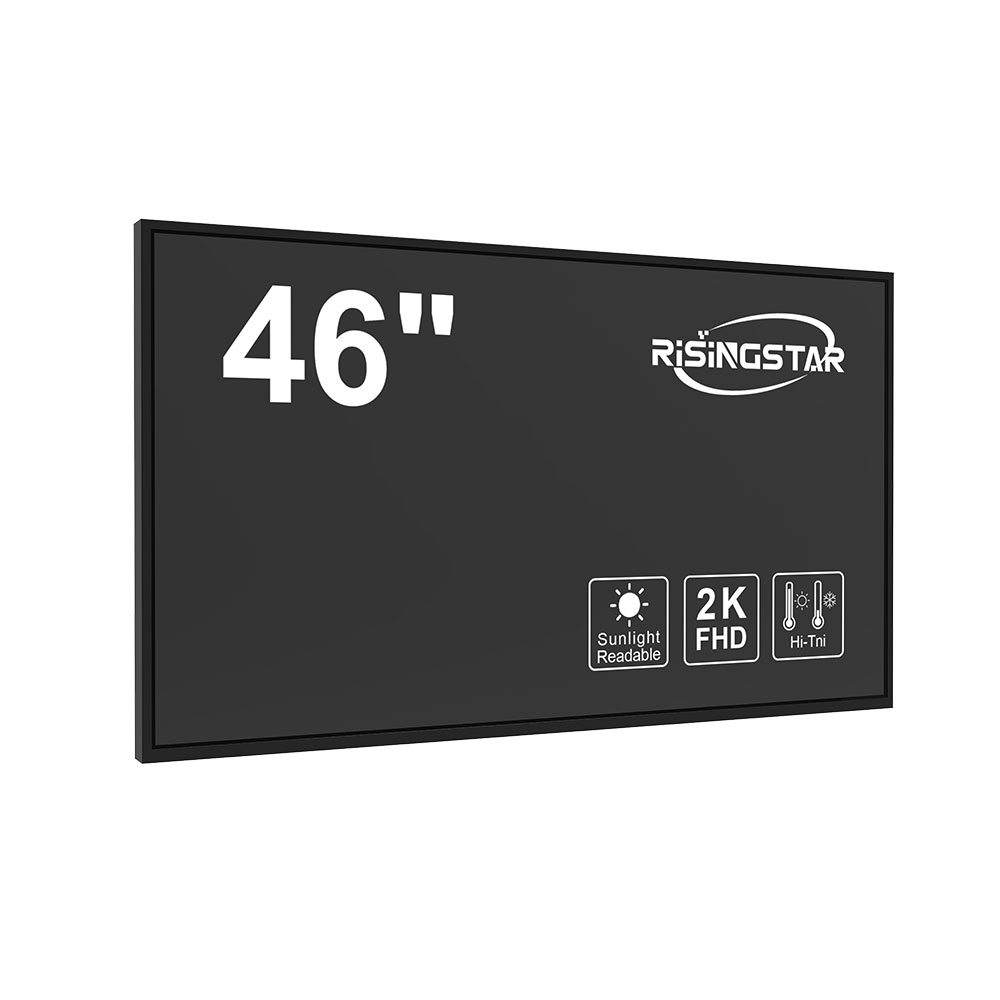When selecting an outdoor LCD screen for commercial applications—such as digital signage in retail, transportation hubs, or public spaces—it’s essential to prioritize durability, visibility, and environmental resilience. Unlike indoor displays, outdoor screens face constant exposure to sunlight, temperature fluctuations, humidity, and physical impacts. According to the International Electrotechnical Commission (IEC) standard IEC 60068-2, outdoor electronic equipment must withstand harsh conditions including salt spray, dust ingress (IP65 or higher), and thermal cycling from -30°C to +60°C.
A critical factor is brightness. For full daylight visibility, manufacturers typically recommend a minimum of 5,000 nits, though 7,000–10,000 nits are ideal for direct sunlight environments like highways or stadiums. High-brightness panels use advanced LED backlighting and anti-glare coatings, such as those certified by the U.S. Department of Energy’s Lighting Research Center (LRC). Additionally, contrast ratio matters—look for at least 4,000:1 to maintain image clarity under bright ambient light.

Environmental protection is equally vital. IP65-rated enclosures prevent water and dust intrusion, while IK10-rated steel casings resist vandalism. In regions with extreme climates—like Dubai’s desert heat or northern Europe’s sub-zero winters—thermal management systems (e.g., passive heatsinks or active cooling fans) must be integrated into the design. Case studies from companies like Samsung and LG show that units with intelligent thermal regulation maintain performance stability over 10+ years in real-world deployments.
Power efficiency also influences long-term operational costs. Modern outdoor LCDs often feature adaptive brightness control, which reduces power consumption by up to 40% during low-light periods. ENERGY STAR-certified models comply with U.S. EPA standards, making them suitable for green building certifications like LEED.
Finally, consider content management software compatibility. Reliable platforms like BrightSign or Xibo ensure remote updates, scheduling, and analytics—all crucial for effective commercial deployment. By aligning specifications with industry standards (IEC, EN, UL), environmental demands, and ROI metrics, businesses can select outdoor LCD screens that deliver both performance and longevity.








